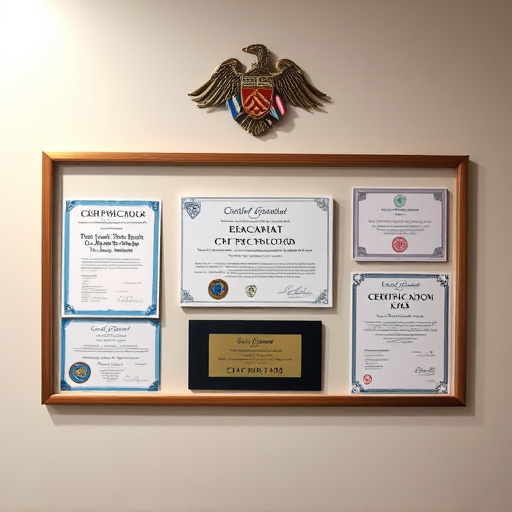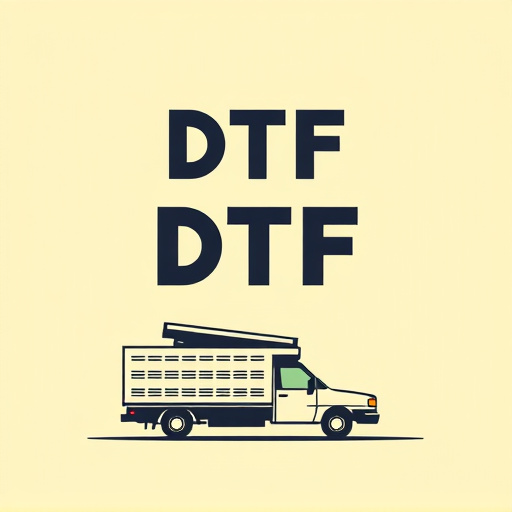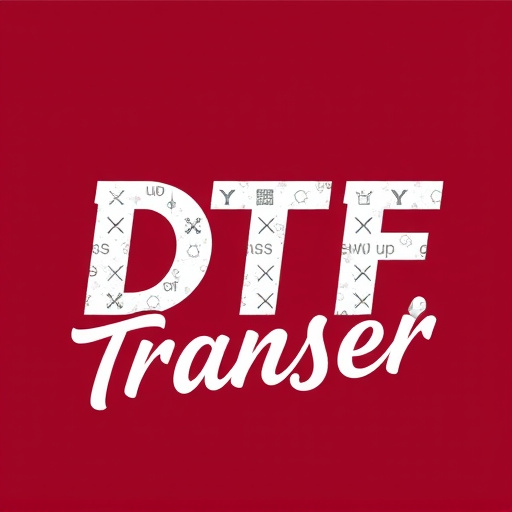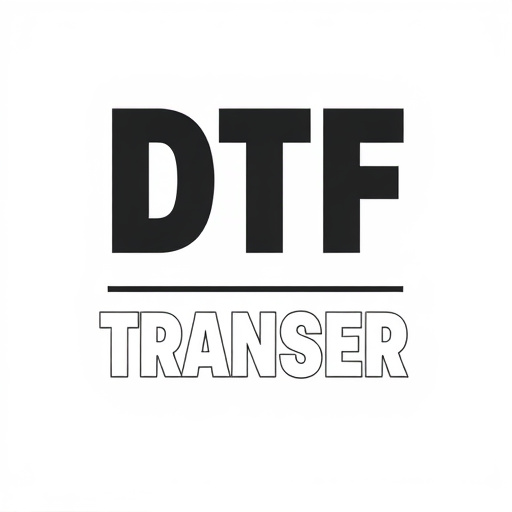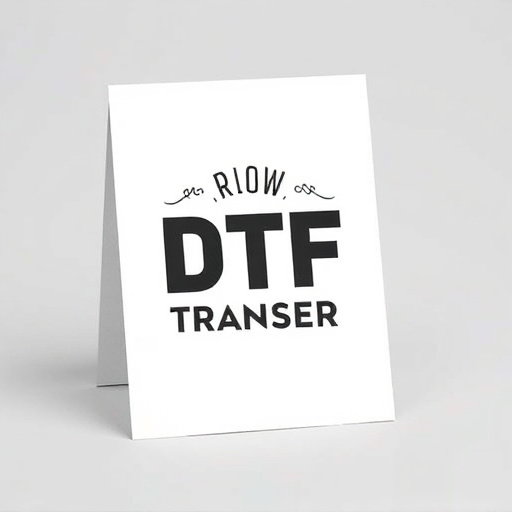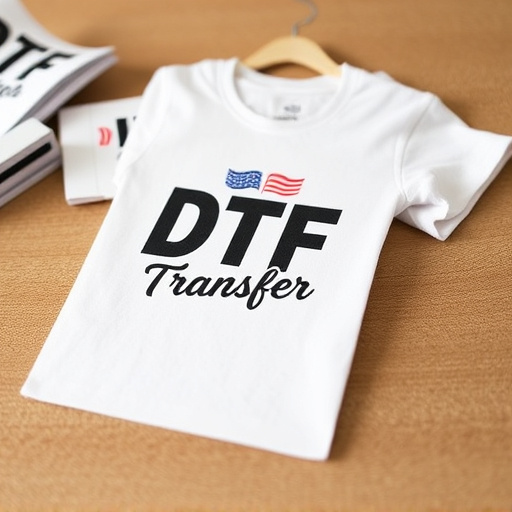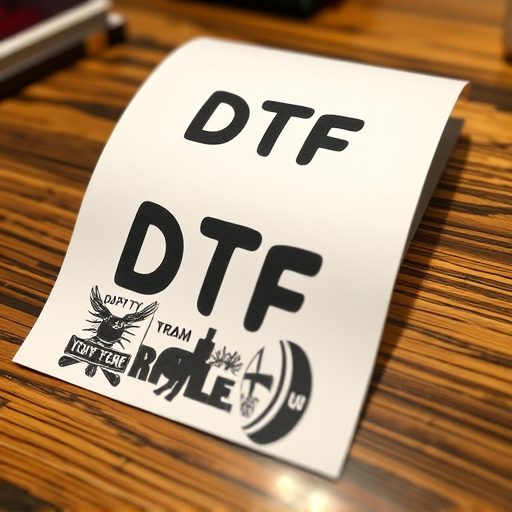Direct-to-Film (DTF) transfers offer a cutting-edge printing solution for businesses, enabling high-quality, full-color prints on various films. Ideal for window graphics, signage, and promotional materials, DTF printing distinguishes itself through precise color reproduction, intricate detailing, faster turnaround times, and customization capabilities. Businesses benefit from enhanced marketing strategies by leveraging DTF prints for durable, versatile products. The process involves converting physical film data into digital files optimized for printing, configuring settings, and exporting them for direct printing onto suitable substrates. Choosing a reputable DTF transfer provider with experience in handling custom designs and specialized applications is essential. DTF technology has already transformed retail, signage, and the art & craft community, with future advancements promising higher resolution, sustainable materials, and faster production times.
“Unleash the power of direct-to-film (DTF) transfers for your business! This cutting-edge technology is revolutionizing printing by enabling resellers and companies to produce high-quality, vibrant prints directly on various materials.
In this comprehensive guide, we’ll explore DTF’s benefits, from its seamless process to its diverse applications across industries. Learn how the right vendor can ensure superior DTF prints, and discover the exciting future trends shaping this game-changing technology. Prepare to dive into the world of DTF printing.”
- Understanding Direct-to-Film (DTF) Transfers: A Simple Overview
- Benefits of DTF Printing for Resellers and Businesses
- The Process: From Film to Printable Files
- Choosing the Right Vendor for High-Quality DTF Prints
- Popular Applications of DTF Transfers in Various Industries
- Future Trends in DTF Technology and Its Impact on Printing
Understanding Direct-to-Film (DTF) Transfers: A Simple Overview
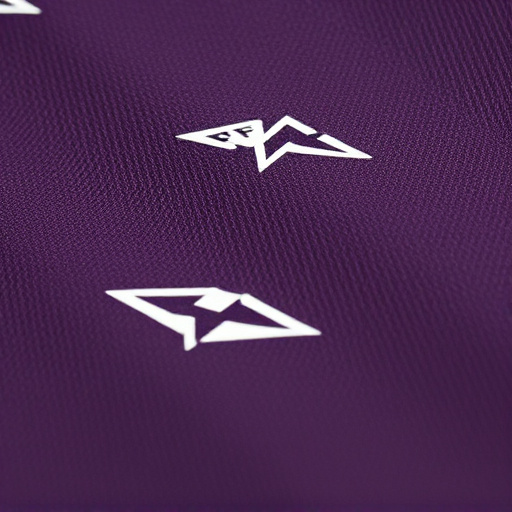
Direct-to-Film (DTF) Transfers are a cutting-edge printing technology that allows for the creation of high-quality, full-color images directly on various film surfaces. This innovative process bypasses traditional intermediate steps, offering businesses and resellers a more efficient and cost-effective solution for producing specialized prints.
By using advanced hardware and software, DTF Printing enables the direct application of ink onto specific films, including but not limited to acetate, polyester, and nylon. This direct approach ensures precise color reproduction and intricate detail, making DTF Transfers ideal for applications like window graphics, signage, and promotional materials. Vendors providing this service simplify the process for businesses by offering a wide range of film options, customization capabilities, and fast turnaround times, thereby enhancing their marketing and branding efforts.
Benefits of DTF Printing for Resellers and Businesses
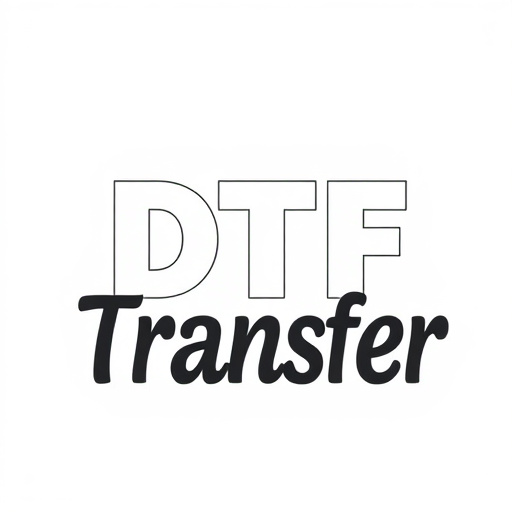
Direct-to-film (DTF) transfers offer a plethora of advantages for resellers and businesses looking to enhance their product offerings. This innovative printing method allows for the creation of high-quality, vibrant prints directly onto various materials, from textiles to plastics and metals. By adopting DTF Printing, businesses can unlock a new level of creativity in their marketing strategies, enabling them to produce unique, personalized items that truly stand out in a competitive market.
One of the key benefits is its efficiency. DTF allows for quick turnaround times, ensuring that resellers can promptly deliver orders and meet customer demands. Additionally, this technology provides exceptional durability, making the prints resistant to fading or damage, which is crucial for long-lasting marketing collateral. With DTF, businesses can create eye-catching displays, promotional items, or customized gifts, all while maintaining a consistent brand image across their product range.
The Process: From Film to Printable Files
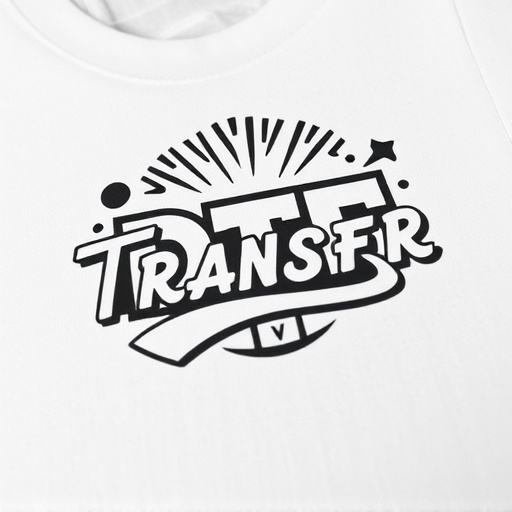
The process of converting film to printable files for DTF (Direct-to-Film) transfers involves several meticulous steps. It begins with the vendor receiving the physical film, which has been professionally scanned and optimized for printing. This raw data is then digitally processed using specialized software, ensuring color accuracy and sharpness. The image is carefully evaluated for any necessary adjustments to meet the specific requirements of the end product.
Once ready, the digital file is prepared for DTF printing. This includes setting up the correct print settings, applying appropriate coatings or laminates, and ensuring compatibility with the desired substrate. The final step involves exporting the file in a format suitable for direct printing onto the film using high-resolution printers. This prepares the DTF transfer for distribution to resellers and businesses, who can then use it for various applications like signage, decorations, or promotional materials, offering superior print quality and versatility.
Choosing the Right Vendor for High-Quality DTF Prints
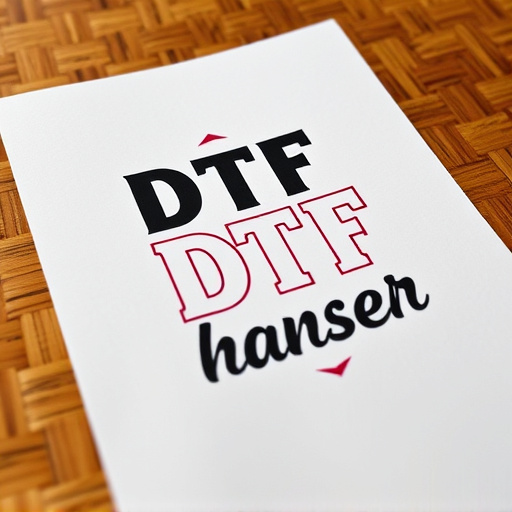
When it comes to sourcing high-quality DTF (Direct-to-Film) transfers for your business or resale, making the right choice is paramount. The market offers a plethora of options, each claiming to deliver superior results, but not all vendors are created equal. Look for a provider that specialises in DTF printing, with a proven track record and expertise in delivering consistent, vibrant, and long-lasting DTF prints.
Reputation and experience matter; choose a vendor that has been in the industry for years, consistently producing high-quality work. Ask for samples or references to gauge their capabilities and attention to detail. Additionally, ensure they utilise cutting-edge technology and materials to meet your specific requirements, whether it’s for custom designs, bulk orders, or specialised applications.
Popular Applications of DTF Transfers in Various Industries
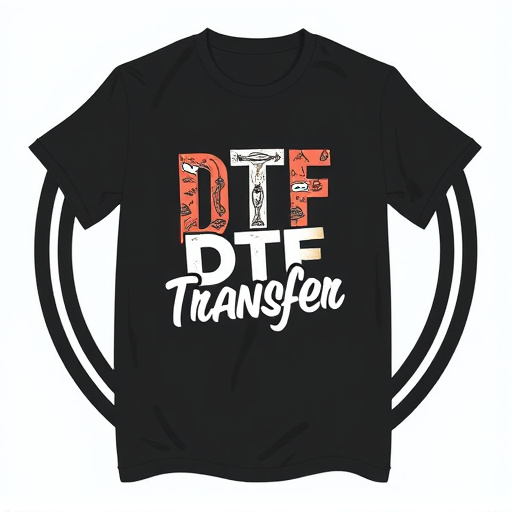
Direct-to-film (DTF) transfers have revolutionized various industries due to their versatility and high-quality results. In the retail sector, DTF printing is widely used for creating custom t-shirts, hoodies, and other apparel items. Businesses can quickly produce personalized designs at scale, catering to individual customer preferences. This application has gained immense popularity among small and medium-sized enterprises (SMEs) looking to offer unique, on-demand products without significant setup costs.
Beyond fashion, DTF transfers find use in the signage industry for producing vibrant, long-lasting graphics on a range of materials, from banners to billboards. Its ability to create detailed prints with sharp edges makes it ideal for promotional items like mugs, phone cases, and keychains. Furthermore, in the world of art and craft, DTF technology enables creators to bring their digital designs to physical media, opening up new avenues for artistic expression.
Future Trends in DTF Technology and Its Impact on Printing
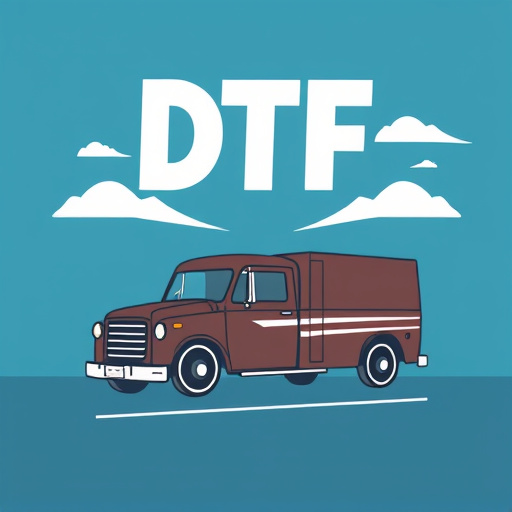
The future of Direct-to-Film (DTF) technology promises exciting developments that will significantly impact the printing industry. With advancements in inkjet technology, DTF transfers are expected to offer even higher resolution and more vibrant prints, catering to the growing demand for high-quality, custom designs. The integration of digital printing with on-demand production is set to streamline manufacturing processes, allowing businesses to quickly adapt to changing trends and consumer preferences.
Additionally, sustainability is likely to become a key focus in DTF technology. Eco-friendly inks and materials are expected to gain popularity, addressing environmental concerns. As the market evolves, DTF printing may also see improvements in speed and efficiency, enabling faster production times without compromising quality. These future trends suggest that DTF technology will continue to revolutionize custom printing, providing businesses with innovative solutions to stay competitive in a dynamic market.



